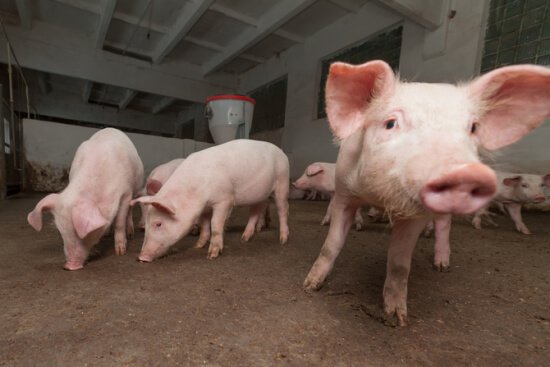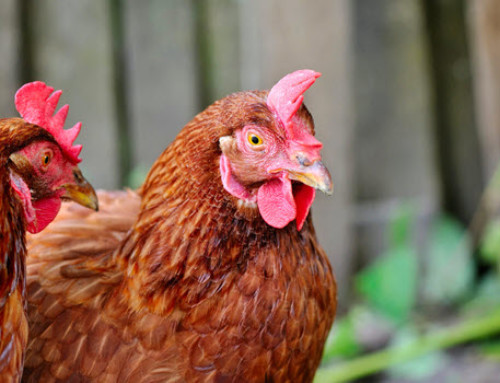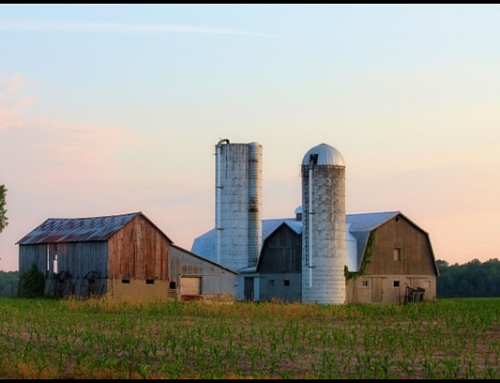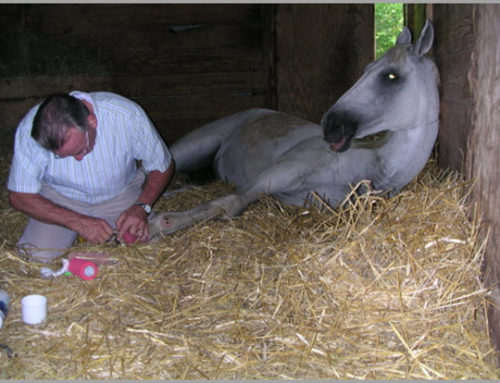The Ultimate Pig Feed Guide: What to Feed Your Pigs
Pigs are amazing creatures. They are smart, gay and noisy animals that could certainly make your day!
If you think pigs would go with anything you give them, you’re right. They are are single-stomached,omnivorous organisms. Meaning, they have to be fed twice or thrice a day in order not to go hungry. And, they eat almost all kinds of things-but again, it doesn’t mean you can give them just anything edible on sight. Pigs love to eat, as they’ve always had.
So feeding shouldn’t be a problem in itself. Choosing what to feed is the challenge. If you own one or is planning to venture into pig farming, you must familiarize yourself on their diet. Food is essential for your growing piggies, so this is a large investment on your part. It is your responsibility to pick what they eat and control their meals. Below, is a look at the diet of swines and what you can give to boost their growth and health.
What can they eat?
Swines need a good mixture of food containing fiber, protein, vitamins and minerals. You can get these from a variety of food sources. Firstly, make sure that you always have a clean trough of water. Pigs love it, not only for drinking- but for soaking their pouty faces too. For any food you serve, make sure that it is gone after 20-30 minutes, and given at least twice a day.
Commercial feeds –
– Commercial pig feeds are generally more expensive, because every pellet is jampacked with minerals needed by each wiggling body. Depending on a pig’s age, the feed varies in amount. For every month of age, a corresponding 450g of feed is given each day. The maximum amount is 2.75kg a day.
Generally, commercial feeds are subdivided into three. Creep feeds: Also called starter rations, these commercial feed are for weaners aged from 5 -15 weeks. Starter rations utilize various nutrient sources (carbohydrate, lactose) to aid the growth of your weaners (a crucial point in pig-life) while keeping the feed easily digestible. After that, they graduate into Growing Rations and finally the Finisher Rations.
Corn or soybean–
– Pigs need a lot of energy to keep on doing their activities- tramping their troughs, wallowing in mud and keeping themselves looking cute. So, farmers incorporate soybeans, corn or dried whey in their their pigs’ diets. These are very sources for sugar and protein, specifically lysine. Be careful though in feeding these to piglets, as they don’t take in well yet to solid food.
Outdated Milk–
– As foragers and grazers, pigs need a good amount of lysine to stay healthy and strong. In the absence of soybeans, outdated milk is the next alternative. Uncurled milk are easier to digest by pigs. These lysine-rich fluid are also way cheaper (or sometimes even free) than any commercial feed that exists and are easier to get.
Sweet potato vines–
-Through proper preparation, a silage is produced- a nutritious mixture of sweet maize germ or pig grower mash and salt. This will not only boost the pig’s health, but help you economically also. Other supplement to their diet include fodder beat, cooked broccoli, barley meat, turnips, Jerusalem artichokes, raw carrots and fruits like grapes, apples, pears, oranges, pitted cheries and melons!
Greens and Nuts–
– Pigs are a lover of fresh food, and green vegetables like cabbages seem to be one of their favorites. Cabbages and other vegetables, like carrots when combines create a nutrient-rich feed for the pigs. They also have a penchant for nuts like acorns, hickory and pecans which are rich in protein too.

What they can’t eat?
Omnivorous as they are, there are still some things that you cannot feed to swine, mostly because they are either not nutritious or simply dangerous.
Table and Catering Scrapes–
If you remember, pigswill was banned since the 1990’s. It is unlawful to feed kitchen waste to your swine. This started after the BSE crises (aka Mad cow disease) and was later intensified when Foot and Mouth disease spread. Table and kitchen scrapes may contain dangerous chemicals, as well as parasites which could dwell and multiply inside the animals’ bodies.
Waste and Garbage–
Never feed your pig any type of waste. Although the pigs (when left outside to forge for their own), don’t seem to mind munching on them, this is not advisable. Waste are waste. They contain bacteria, microorganisms and various harmful substances that may affect your animal’s health.
Plastic–
Plastics are hard to digest. When your pigs ingest plastic, the possibility is that these materials get stuck in their intestines until they are expelled.
Cat or dog food–
It is not advised to feed cat or dog pellets to your hogs. These commercial feeds contain a different combination of minerals, specifically formulated for felines or dogs. Pigs should not be fed these for a long-time, especially the pot-bellied ones.
Knowing what to give and not to give is important to keep your pet pig or swine herd healthy and productive. When they are happy and contented, you feel an achievement. For pig farmers, healthy pigs (not too fat and not too skinny) are attractive to buyers. If you keep a pet like pot-bellied pigs, it is always great to know that they are being fed with the right diet and are being taken cared of properly.

Pigs during feeding








Wow. Karen thank you for this piece.
Please cud u help me list out the kind of food for different stages of pig
Say from
1) 4-8weeks old
2) 8weeks above
3) sow( pregnant )
4) boar. Thanks
Pls is pumpkin leaf okay for pigs?